In a country obsessed with the coasts, something quietly revolutionary is happening in the middle. The Midwest — long overlooked as “flyover country” — is becoming the destination of choice for modern men who want more freedom, more land, and less noise. It’s not just about leaving behind overpriced cities; it’s about reclaiming space, peace, and purpose.
Welcome to the New American Frontier, where masculine energy meets wide-open possibilities. Whether you’re looking to build a life, a business, or just a better state of mind, the Midwest is calling — and here are 7 powerful reasons why men in 2025 are answering.
Table of Contents
1. Affordable Land and Homeownership: A Real Path to Independence
Let’s be real: trying to buy a home in LA, New York, or even Austin in 2025 feels like bidding on a yacht at an elite auction. In contrast, the Midwest offers acres of land for the price of a downtown parking space.
States like Iowa, Missouri, Kansas, and Indiana are seeing an influx of men in their 20s and 30s buying fixer-uppers, barns, and raw land — not for flipping, but for building roots. You can get a decent house in some areas for under $150,000, often with a workshop, garage, or even a few wooded acres.
That level of ownership doesn’t just mean security — it means freedom. It’s the opportunity to create, experiment, and live on your own terms.
2. Less Stress, More Headspace: Mental Wellness by Default
The constant grind of urban life comes at a cost. Between rent, traffic, digital noise, and side hustles just to survive — burnout is real. One of the biggest unspoken draws of the Midwest is peace.
Life moves slower. People make eye contact. There’s less social pressure to perform or “keep up.” You wake up to birds, not sirens. You go for walks without dodging crowds. And this isn’t just feel-good fluff — it’s scientifically backed. Lower population density correlates with lower cortisol levels and reduced anxiety.
For men who’ve been stuck in overdrive, this shift feels like mental liberation. Silence isn’t emptiness — it’s breathing room for ideas, creativity, and resilience.
3. A New Kind of Hustle Culture: Startup Scenes and Small Business Gold
Think the Midwest is just cornfields? Think again. Cities like Des Moines, Columbus, Madison, Grand Rapids, and Omaha are quietly becoming entrepreneurial powerhouses.
Why? Simple: lower cost of living = higher runway for innovation. Rent a commercial space for a fraction of what it would cost in San Francisco. Hire local talent who are loyal and driven. Avoid VC nonsense and build something sustainable.
From craft manufacturing and digital services to farming tech and blue-collar startups, this is where the new American economy is quietly forming. Men are moving in not just to settle down — but to build empires with grit and intention.
4. Masculine Freedom: Trucks, Tools, Fire, and Space
Let’s talk primal needs. The Midwest is a place where you can own power tools without judgment, drive a truck because you need one, and light a firepit without calling the HOA.
Want to weld in your garage? Go for it. Start a backyard smoker setup? Do it. Practice archery or shooting on your land? Legal in many rural zones. Build your own gym, make your own jerky, brew your own beer — this is DIY masculinity with no gatekeepers.
It’s not about returning to the past. It’s about reclaiming control over your environment and what you do with your time and space.
5. Digital Homesteading: Remote Work in the Heartland
Here’s the game-changer: thanks to high-speed internet reaching even rural areas, the Midwest is now remote work compatible. Designers, coders, consultants, course creators, content marketers — they’re ditching coasts and setting up in small towns with big bandwidth.
Call it digital homesteading. You can buy a $120,000 home in Ohio, turn your garage into a YouTube studio, and make $10k a month — all without battling traffic or crazy rent.
This movement blends technology with independence. It’s the quiet new trend of men redefining success not by location, but by freedom of schedule, focus, and lifestyle.
6. Community You Can Actually Count On
In major metros, men often feel invisible — surrounded by people, yet completely disconnected. In the Midwest, community still matters.
Neighbors wave. People show up. Skills are shared, not monetized. Want to learn to fix an engine, hunt, build a shed, or raise chickens? You’ll find someone nearby willing to teach you — no webinar required.
This isn’t nostalgia — it’s human-scale living. A chance to belong to a place where men still help each other build fences, start businesses, and raise families. And in 2025, with mental health under strain, that tribal strength is a lifeline.
7. The Psychological Reboot: Life at the Right Pace
Sometimes, you don’t just need a new job or city — you need a new rhythm. The Midwest offers something rare in 2025: a place to slow down without falling behind.
It’s the paradox of the modern man: craving growth, but also peace. The Midwest answers with space to think, build, heal, and plan long-term. Men moving here report better sleep, more focus, deeper relationships, and an inner calm that’s hard to measure but impossible to fake.
What States Are Leading the Trend?
While the whole Midwest is rising, here are a few standouts for 2025:
- Iowa – Low cost, surprisingly strong startup scene, friendly communities.
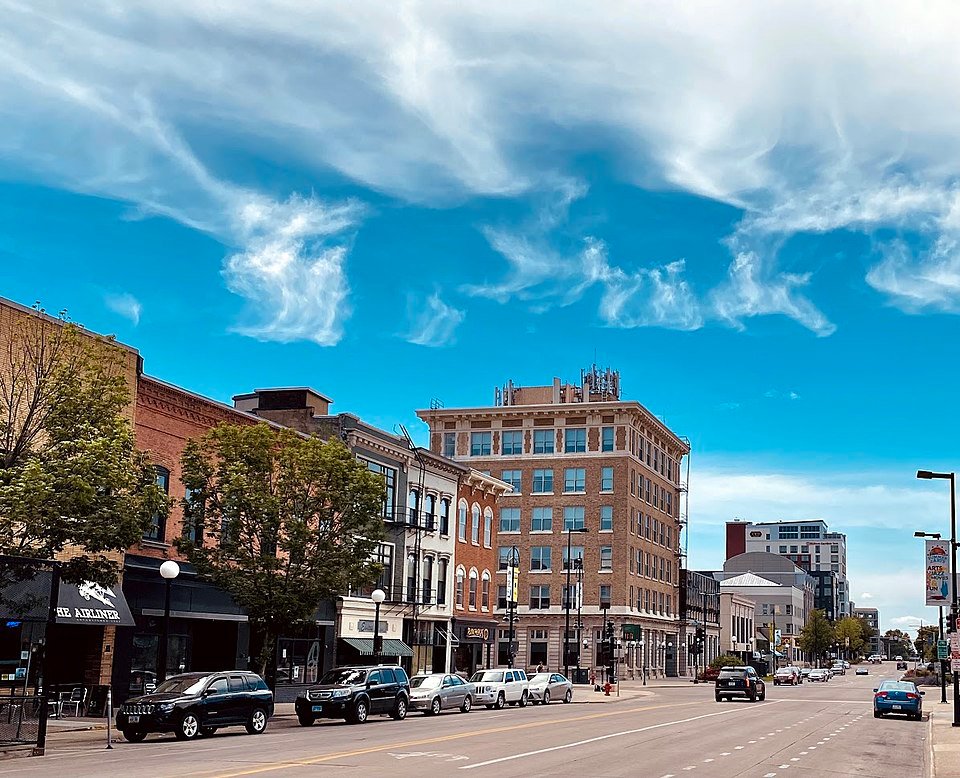
- Indiana – Great mix of small towns, manufacturing hubs, and tech pivots.
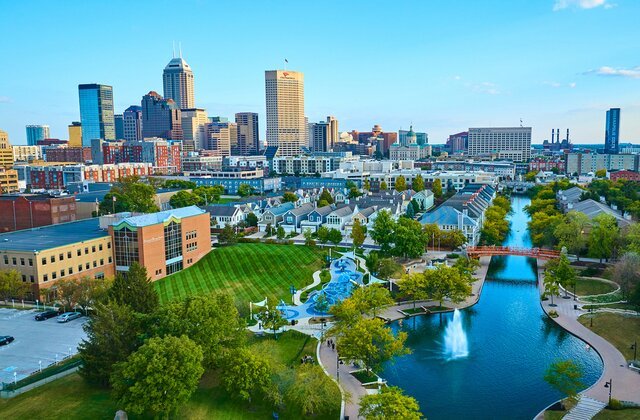
- Ohio – Fast-growing cities like Columbus, access to nature, affordable housing.
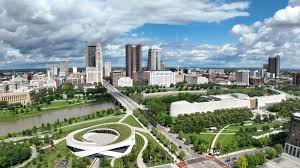
- Missouri – Great balance of rural life and access to St. Louis/KC resources.
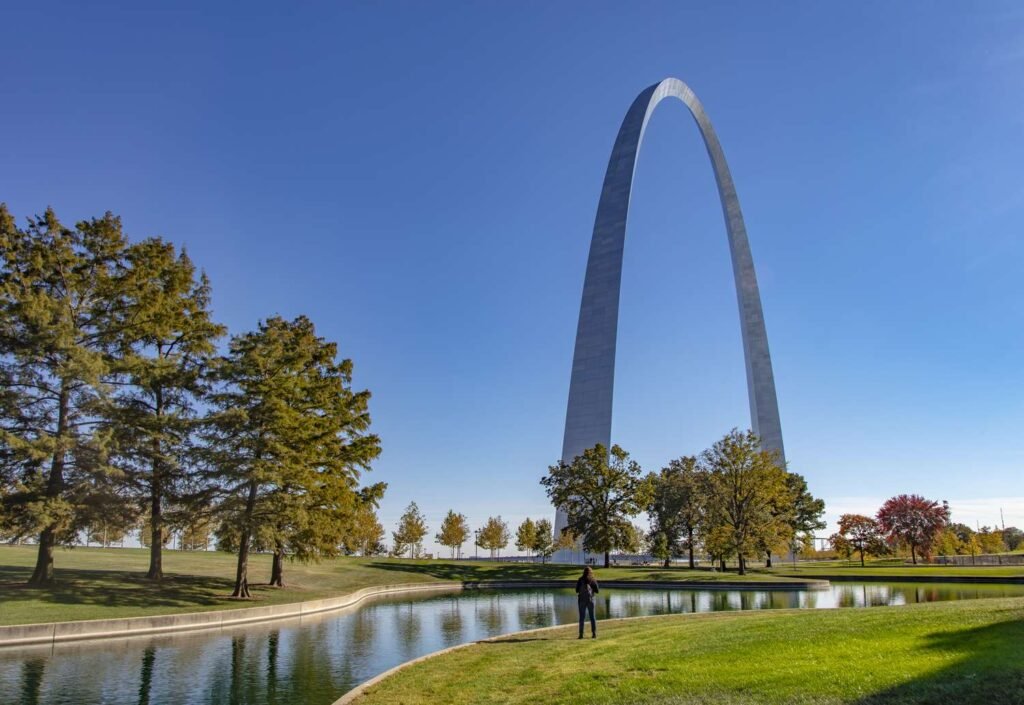
- Michigan – Ideal for outdoor lovers and DIYers with lake culture and forests.
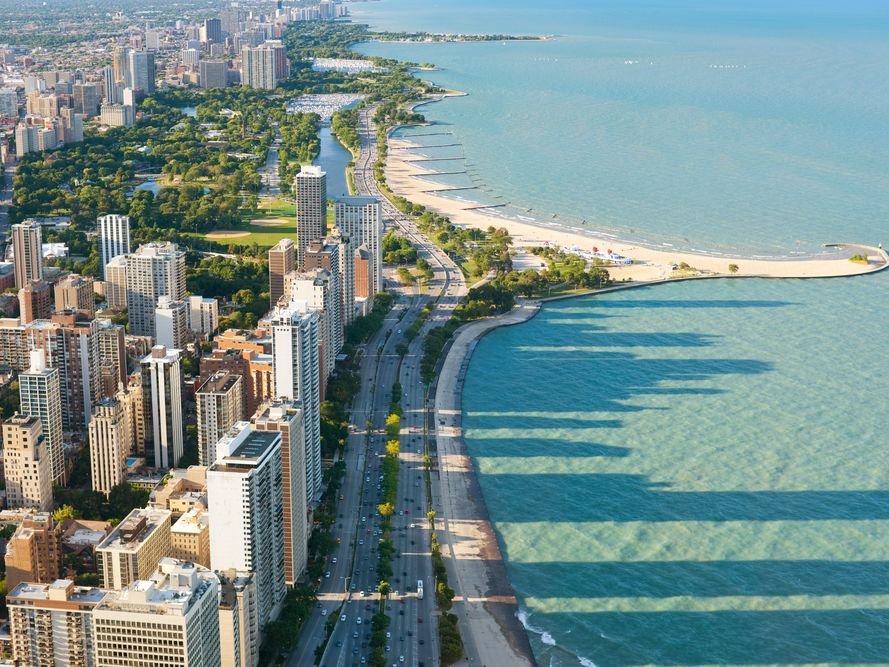
- South Dakota – Zero income tax, pro-business, open land galore.
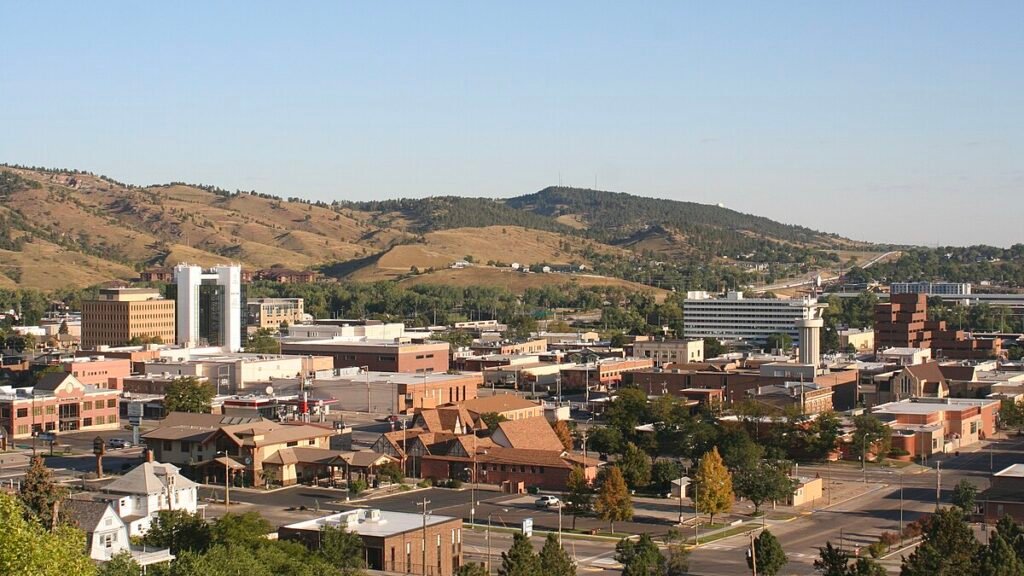
What Kind of Men Are Moving?
- First-time homeowners looking to skip renting forever
- Blue-collar creatives — welders, builders, and hobbyists
- Remote workers seeking a stronger life-work balance
- Entrepreneurs tired of big city overhead
- Intentional fathers wanting to raise kids with space and safety
- Solo men looking for peace, purpose, and tribe
So… Is This the New American Dream?
For some, yes. It’s not flashy. It won’t get you trending on TikTok. But it will give you a shot at the things that actually matter: freedom, focus, fulfillment.
And maybe that’s the most masculine move of all in 2025 — not chasing hype, but choosing substance.
🧭 FAQ: Moving to the Midwest in 2025
1. Why are men choosing to move to the Midwest in 2025?
Men are drawn by affordable land, slower pace, startup ecosystems, and personal freedom outside the coasts.
2. What makes land ownership in the Midwest affordable?
Land in states like Iowa, South Dakota, and Kansas costs a fraction of coastal markets—often under $25K for 5–10 acre parcels.
3. Is there a real startup scene in the Midwest?
Absolutely. Cities like Tulsa, Des Moines, Madison, and Sioux Falls are attracting remote investment, coworking spaces, and tech talent at a fraction of coastal costs.
4. Does moving to the Midwest mean losing career momentum?
Not at all. With remote work and growing local economies, you can maintain or even accelerate your professional growth while enjoying more space and less stress.
5. How does the Midwest improve mental well-being?
Reduced noise, shorter commutes, space to breathe, and natural environments foster clarity, lower stress, and better mental focus.
6. Are there men’s communities and meetups in small Midwestern towns?
Yes! You’ll find hobby groups, workshops, outdoor clubs, men’s network events, and authentic social scenes—not just generic meetup groups.
7. Is Midwest moving a sign of retreat or growth?
It’s a strategic recalibration. Many men move to regain focus, independence, and intentional living, not escape or failure.
8. What are the best cities to consider for relocation?
Consider Tulsa, Des Moines, Madison, Bozeman, Grand Rapids, and Sioux Falls for their affordability, community, and resources.
9. Should I rent before buying land in the Midwest?
Yes. Start with a 6–12 month rental to test the climate, community, and lifestyle before committing to property ownership.
10. How do I find job opportunities in smaller Midwest towns?
Look into remote-friendly companies, freelancer platforms, and local business networks; many communities offer tools for entrepreneurs and remote workers.
11. Is it hard to adapt living costs from coast to Midwest?
Living costs are generally much lower. Budgeting on groceries, housing, and utilities is simpler and more predictable than in coastal cities.
12. Can I continue hobbies like hunting, fishing, or farming?
Yes—Midwestern life encourages practical skills: hunting, boating, gardening, and outdoor crafts are widely accessible and embraced.
13. Are there climate challenges I should know about?
Winters can be cold and snowy; summers hot and humid. Be sure to prepare for local weather, investing in gear and heating/cooling solutions in advance.
14. How do relationships fare when moving away from old networks?
It takes effort, but making local connections through industries, hobbies, and online groups can accelerate building new and meaningful relationships.
15. What’s the first step if I want to explore moving to the Midwest?
Start by researching two preferred towns, take a weekend scouting trip, connect with local groups, and rent temporarily before making a long-term move.
✅ Time to Rethink Where Life Happens
The Midwest isn’t a compromise. It’s a canvas. One where men are painting better lives — with more autonomy, less debt, more craft, less noise.
If you’re feeling burned out, stuck, or disillusioned by the overpriced coastal dream, it may be time to look inward — and head inland.
This is the New American Frontier. And it’s wide open.
🔔 Ready to Build a Life on Your Terms?
Sign up at MindGearMen for weekly strategies on masculine lifestyle, self-reliance, digital income, and mental clarity. Whether you’re planning your Midwest move or just building a better mindset, we’ll keep you equipped.


